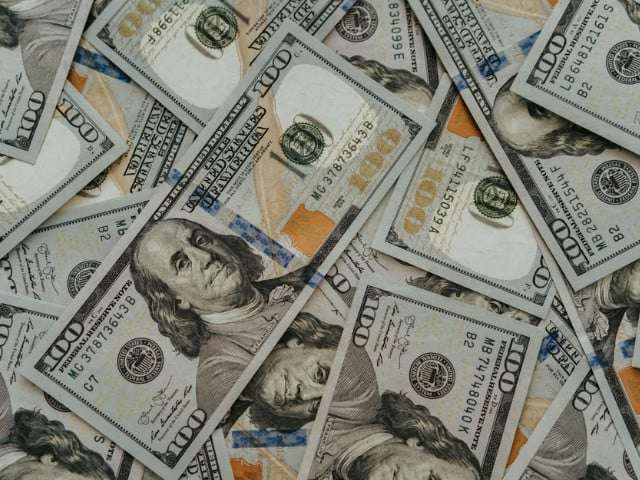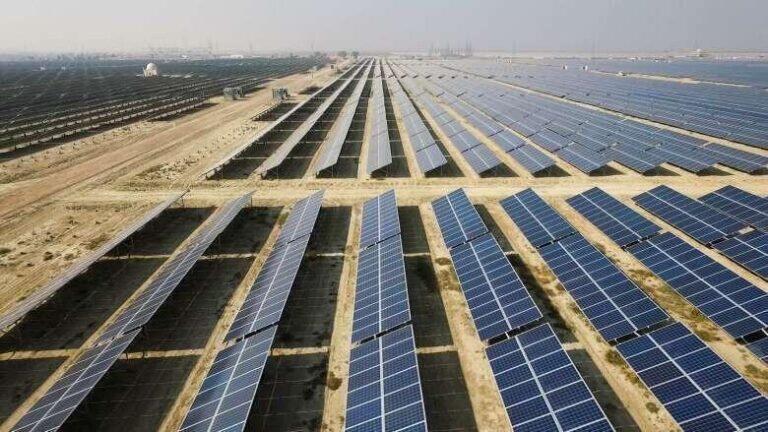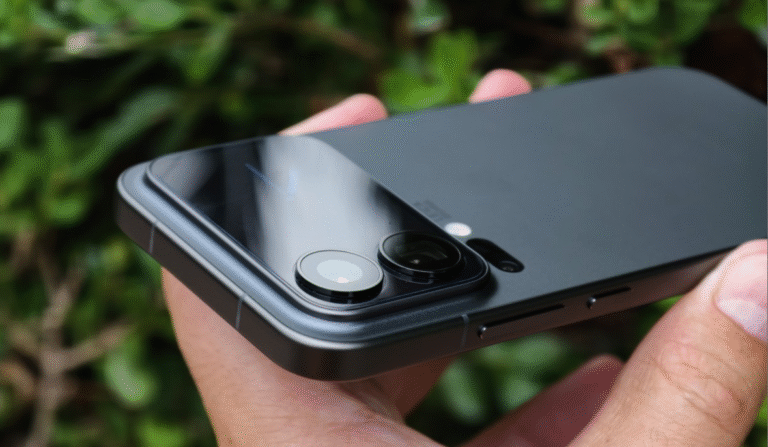
|
Getting your Trinity Audio player ready...
|
Introduction
In a recent financial update, the exchange rate for the US Dollar experienced a slight increase against the Pakistani Rupee. This shift, though marginal, is part of a broader trend affecting multiple currencies. The fluctuations in currency values are significant for traders, investors, and everyday consumers. This article provides a comprehensive analysis of the recent changes in exchange rates, the factors behind these movements, and their potential implications.
Overview of Currency Exchange Rates
USD to PKR
Marginal Increase in USD Exchange Rate
The exchange rate for the US Dollar saw a minor uptick, with the selling rate increasing to Rs 278.25 and the buying rate rising to Rs 277.75. This 10 paisa increase from the previous rates of Rs 278.15 (selling) and Rs 277.65 (buying) signifies a slight depreciation of the Pakistani Rupee.
EUR to PKR
Stable Euro Exchange Rate
The Euro (EUR) remains relatively stable, priced at Rs 291.74 for selling and Rs 291.22 for buying. This stability provides a stark contrast to the fluctuating USD exchange rate and suggests differing economic dynamics between the Eurozone and the US.
GBP to PKR
British Pound’s Position
The British Pound (GBP) stands at Rs 349.89 for selling and Rs 349.26 for buying. The strong position of the Pound reflects the UK’s current economic stance and its impact on international trade and currency markets.
Analysis of Key Foreign Currencies
Swiss Franc (CHF)
Current Rates for CHF
The Swiss Franc is trading at Rs 314.18 for selling and Rs 313.62 for buying. The stability of the CHF reflects Switzerland’s robust economic policies and its reputation as a safe haven currency.
Canadian Dollar (CAD)
CAD Exchange Rate
The Canadian Dollar stands at Rs 197.90 for selling and Rs 197.54 for buying. This rate highlights Canada’s economic conditions and its trade relationships, particularly with the US.
Australian Dollar (AUD)
AUD’s Market Position
The Australian Dollar is available at Rs 180.36 for selling and Rs 180.03 for buying. The AUD’s exchange rate is influenced by Australia’s commodity exports and overall economic health.
Singapore Dollar (SGD)
SGD Exchange Rate
The Singapore Dollar is priced at Rs 206.59 for selling and Rs 206.22 for buying. Singapore’s economic policies and its status as a global financial hub play crucial roles in determining its currency value.
Gulf Region Currencies
UAE Dirham (AED)
AED Trading Rates
The UAE Dirham is being traded at Rs 76.29 for selling and Rs 76.15 for buying. The stability of the AED is tied to the UAE’s economic stability and its pegging to the US Dollar.
Saudi Riyal (SAR)
SAR Exchange Rate
The Saudi Riyal stands at Rs 74.08 for selling and Rs 73.95 for buying. Saudi Arabia’s oil-based economy significantly impacts the SAR’s exchange rate.
Qatar Riyal (QAR)
QAR’s Market Position
The Qatar Riyal is priced at Rs 76.58 for selling and Rs 76.44 for buying. Qatar’s strong economic performance and strategic investments influence the QAR’s value.
Kuwaiti Dinar (KWD)
KWD Exchange Rate
The Kuwaiti Dinar is available at Rs 905.60 for selling and Rs 903.98 for buying. The high value of the KWD reflects Kuwait’s substantial oil reserves and economic policies.
Recent Trends in Gold Prices
Local Market Trends
Gold Prices in Pakistan
Gold prices in Pakistan have seen a significant decline for two consecutive days. The price of 24-karat gold per tola dropped by Rs 4,100, settling at Rs 274,300. Similarly, the price for 10 grams of gold decreased by Rs 3,515, closing at Rs 235,168.
International Market Trends
Global Gold Prices
Internationally, gold prices also dropped sharply. The price per ounce fell to $2,631, including a $20 premium, after losing $41 in a single day. This decline is attributed to several global economic and political factors.
Factors Influencing Gold Prices
Impact of Middle East Peace Talks
One significant factor behind the decline in gold prices is the Middle East peace talks. Discussions around a US-backed ceasefire plan between Israel and Lebanon led to a reduction in geopolitical tensions, impacting gold prices.
US Political Developments
The announcement of US President-elect Donald Trump’s nomination of Scott Bessent as Treasury Secretary also influenced gold prices. Market reactions to potential economic policies under the new administration led to changes in investor behavior.
Gold Selling by India
Large-scale gold selling by India further pressured gold prices. The actions of one of the world’s largest gold markets have a profound impact on global gold prices, influencing trends in markets like Pakistan.
Broader Economic Implications
Impact on Investor Sentiment
Shifts in Investment Strategies
The recent changes in exchange rates and gold prices have significant implications for investor sentiment. Fluctuations in currency values and precious metal prices prompt investors to reassess their portfolios, balancing risks and opportunities.
Economic Outlook
Future Market Predictions
Given the current trends, it is crucial to monitor ongoing economic and political developments. The stability of the Pakistani Rupee, the performance of the US Dollar, and geopolitical factors will continue to shape the financial landscape.
Conclusion
Summary of Key Insights
The slight depreciation of the Pakistani Rupee against the US Dollar, coupled with the stable performance of other currencies, underscores the dynamic nature of the global financial markets. Meanwhile, the recent decline in gold prices, influenced by geopolitical developments and large-scale market actions, highlights the complexity of precious metal markets. As investors navigate these changes, staying informed about economic indicators and political events is essential for making strategic decisions.
FAQs
1. Why did the Pakistani Rupee fall against the US Dollar?
The Pakistani Rupee fell against the US Dollar due to various factors, including changes in investor sentiment, economic indicators, and global financial trends. The slight increase in the US Dollar exchange rate reflects these complex dynamics.
2. How do geopolitical developments affect gold prices?
Geopolitical developments, such as peace talks and political appointments, can significantly impact gold prices. Reduced geopolitical tensions often lead to a decrease in gold prices as investors shift their focus to other assets.
3. Why did silver prices remain unchanged while gold prices declined?
Silver prices remained stable due to distinct market dynamics. Factors affecting gold prices, such as geopolitical developments and large-scale market actions, did not have the same impact on silver prices.
4. What role does the US Dollar exchange rate play in global markets?
The US Dollar exchange rate is a critical factor in global markets. Fluctuations in the Dollar’s value affect international trade, investment decisions, and the prices of commodities like gold and silver.
5. How should investors respond to current market trends?
Investors should stay informed about economic and political developments, diversify their portfolios, and carefully assess the risks and opportunities presented by current market trends. Balancing investments across different asset classes can help mitigate risks.
ALSO READ:
https://skipper.pk/2024/11/27/gold-prices-rebound-after-two-day-decline-in-global-and-local-markets/






